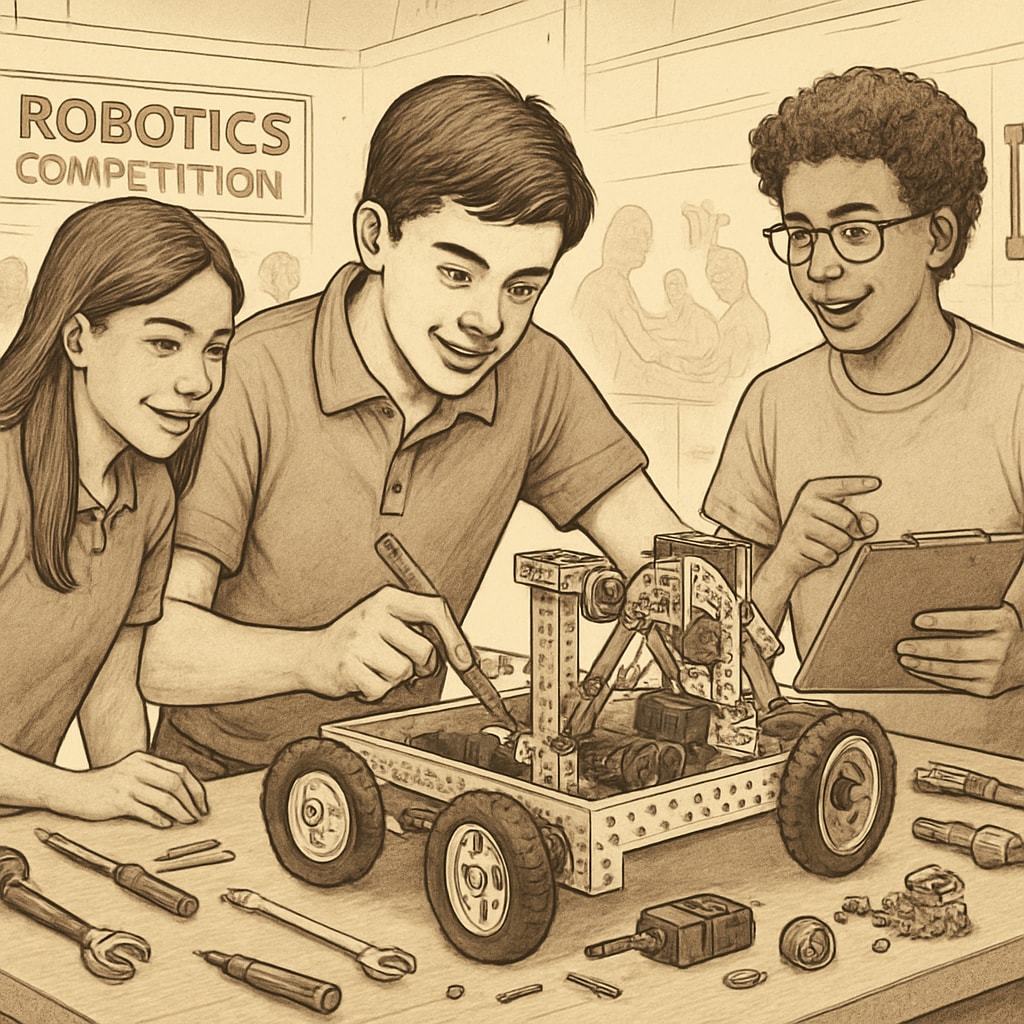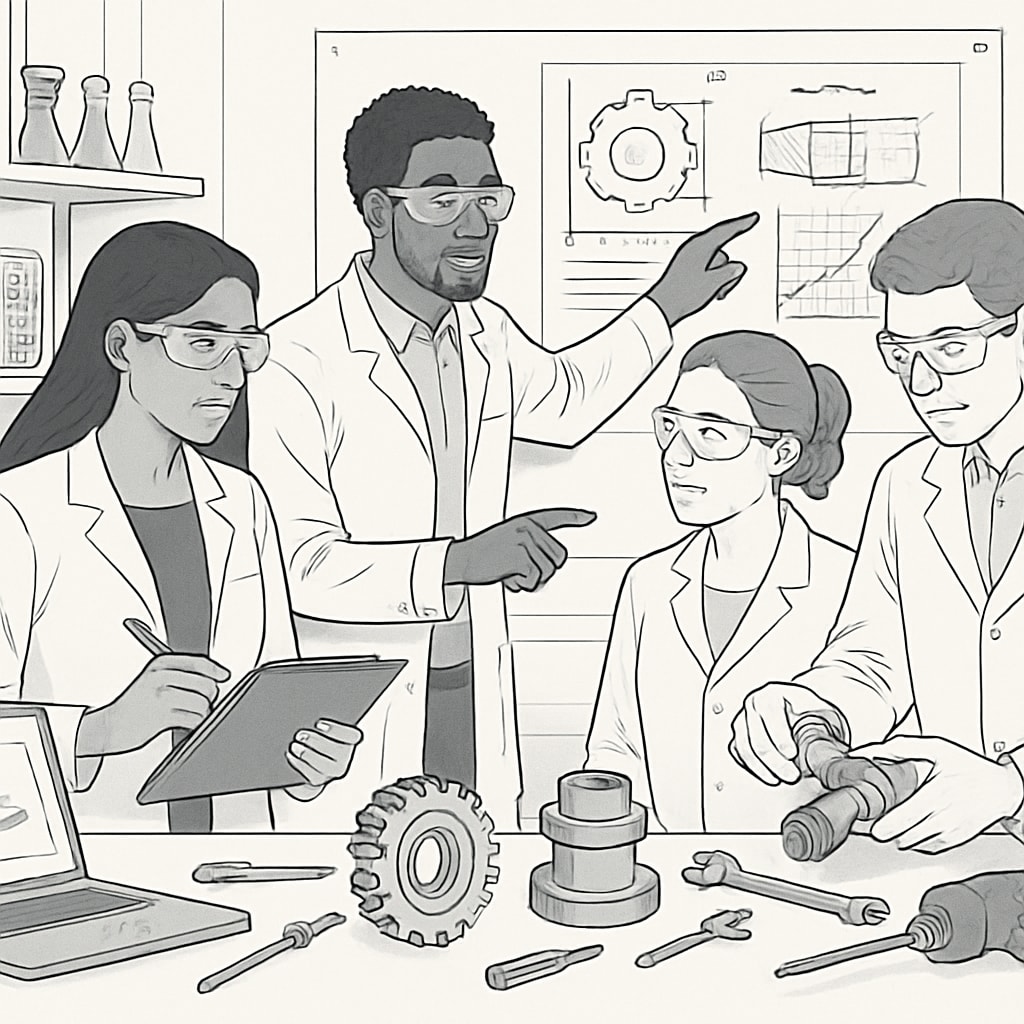Design engineering, master’s degree, and career development are critical aspects of preparing K12 students for their future academic and professional journeys. As the engineering field continues to evolve, it becomes increasingly important to provide young learners with the skills, knowledge, and decision-making frameworks necessary to navigate their paths effectively. This article examines how foundational education in design engineering can set students on the right trajectory while emphasizing the importance of informed academic choices and career planning.
Building Foundational Skills in K12 Education
To prepare for a successful career in design engineering, students must first develop a strong foundation in key academic areas during their K12 years. These include mathematics, physics, creative problem-solving, and technical drawing. In addition to coursework, hands-on projects and extracurricular activities like robotics clubs or STEM-focused programs can offer essential practical experience.
For example, encouraging participation in design competitions or coding workshops allows students to apply theoretical knowledge in real-world contexts. These experiences not only build technical expertise but also foster teamwork and communication skills—two critical components for success in engineering careers.

Weighing Bachelor’s and Master’s Degrees in Design Engineering
Deciding between pursuing just a bachelor’s degree or advancing to a master’s degree in design engineering is a pivotal choice for aspiring engineers. Each academic route has unique benefits:
- Bachelor’s Degree: A solid entry point to the field, offering foundational engineering knowledge and practical skills. It prepares students for entry-level positions or internships in industries like automotive, aerospace, or product design.
- Master’s Degree: Provides advanced specialization, opening doors to leadership roles, research opportunities, and higher earning potential. It is particularly beneficial for students aiming to work on cutting-edge projects or in academia.
Therefore, guiding students to assess their long-term career goals, industry interests, and aptitude for advanced study is crucial. Parents and educators can help by exposing students to career fairs, mentorship programs, and informational sessions about design engineering professions.

Career Development: From Classroom to Industry
Career development in design engineering extends far beyond academic achievements. Students must cultivate industry-relevant skills, including proficiency in computer-aided design (CAD) software, project management, and an understanding of sustainable practices. Internships during undergraduate or master’s programs can bridge the gap between classroom learning and professional applications.
In addition, networking plays a vital role. Students should be encouraged to attend industry conferences, join professional organizations like the Accreditation Board for Engineering and Technology (ABET), or connect with experienced engineers through LinkedIn. These interactions can provide valuable insights into the day-to-day responsibilities of design engineers and emerging trends in the field.
Preparing for a Future in Design Engineering
Ultimately, success in design engineering requires a combination of academic rigor, technical expertise, and strategic career planning. Educators and parents can play a significant role in encouraging K12 students to explore their interests through diverse learning opportunities, keeping them informed of the academic pathways available, and helping them visualize their future roles in the industry.
By focusing on foundational skill-building and informed decision-making, K12 students can confidently step onto the path toward rewarding careers in design engineering. In doing so, they are not only preparing themselves for professional success but also contributing to the innovation and advancement of technology in society.
Readability guidance: The article uses short paragraphs, clear lists, and examples to enhance comprehension. Active voice is predominantly used, and transitions such as “for example,” “therefore,” and “as a result” ensure smooth flow between ideas.


